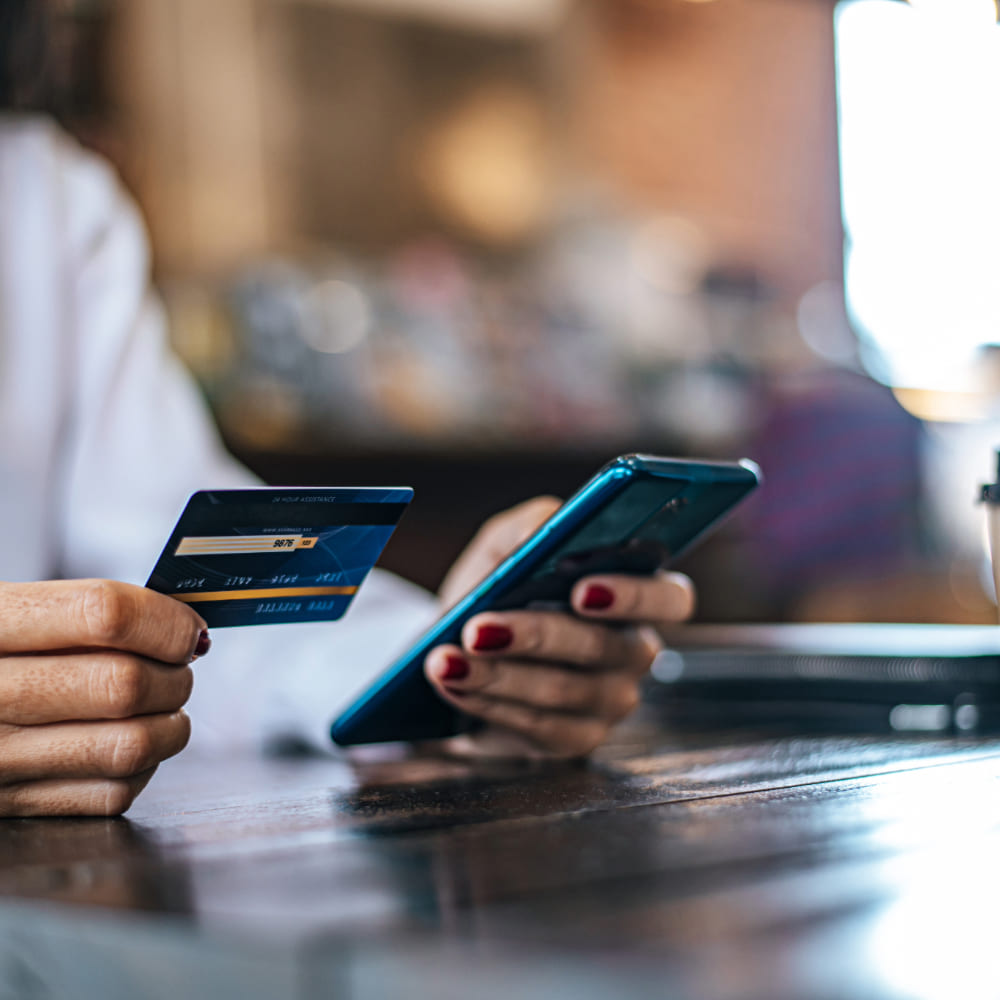The abandonment rate in the financial industry can be reduced — but only by addressing the underlying causes and redesigning digital experiences with real user needs in mind.
Secure mobile banking

Keeping passwords safe and using mobile phones with caution are the main measures to combat the most common banking security breach: phishing.
Phishing consists of deceiving a user by pretending to be a trusted person, company or service (in this case the bank), so that – for example – they reveal confidential information and criminals can access their bank account.
The use of mobile banking is growing steadily thanks to the ease with which users can conduct their banking transactions from a device as accessible as their smartphone. Due to the boom, criminals are looking for any loophole in the system to try to carry out their fraudulent activity. It is therefore necessary that trust between the bank and the customer is reciprocal and that both take the utmost precautions to avoid scams.
Technology is improving and innovating in search of solutions to prevent criminals from achieving their goal and stealing money from mobile banking users. Thus, just as the banking industry uses more complex methods of customer verification, the mobile phone user must be responsible and use his or her device as cautiously as possible, not least by paying more attention when downloading any application on the device.
Moreover, a financial institution is aware that its success will depend on a quality service, in which it is essential to comply with all current regulations in order to operate safely, avoid money laundering and provide maximum security to its customers so that they continue to open accounts on its service.
Therefore, it will be necessary to focus on preventing phishing or, in other words, cybercriminals from obtaining relevant personal information such as passwords, credit card details or bank account numbers, among others.
Therefore, mobile banking companies will reinforce this security with the analysis of mobile-specific data, such as the IMEI (International Mobile Equipment Identity.
OR “DNI” of each mobile device). They will also do so with biometric user identification technologies, recording voice, having the user take a selfie, as well as checking the location or routines of how often the user logs into mobile banking (behavioural identity). All these types of measures can allow the system to create behavioural patterns to prevent fraud.
Given that the mobile phone is a tool used for both the lighter and more cautious activities, such as banking activities, it is very important that the individual is the first firewall for cybercriminals by using it responsibly. This responsible behaviour, coupled with the security measures used by banks, will make mobile banking an armoured procedure through secure digital transactions.
























